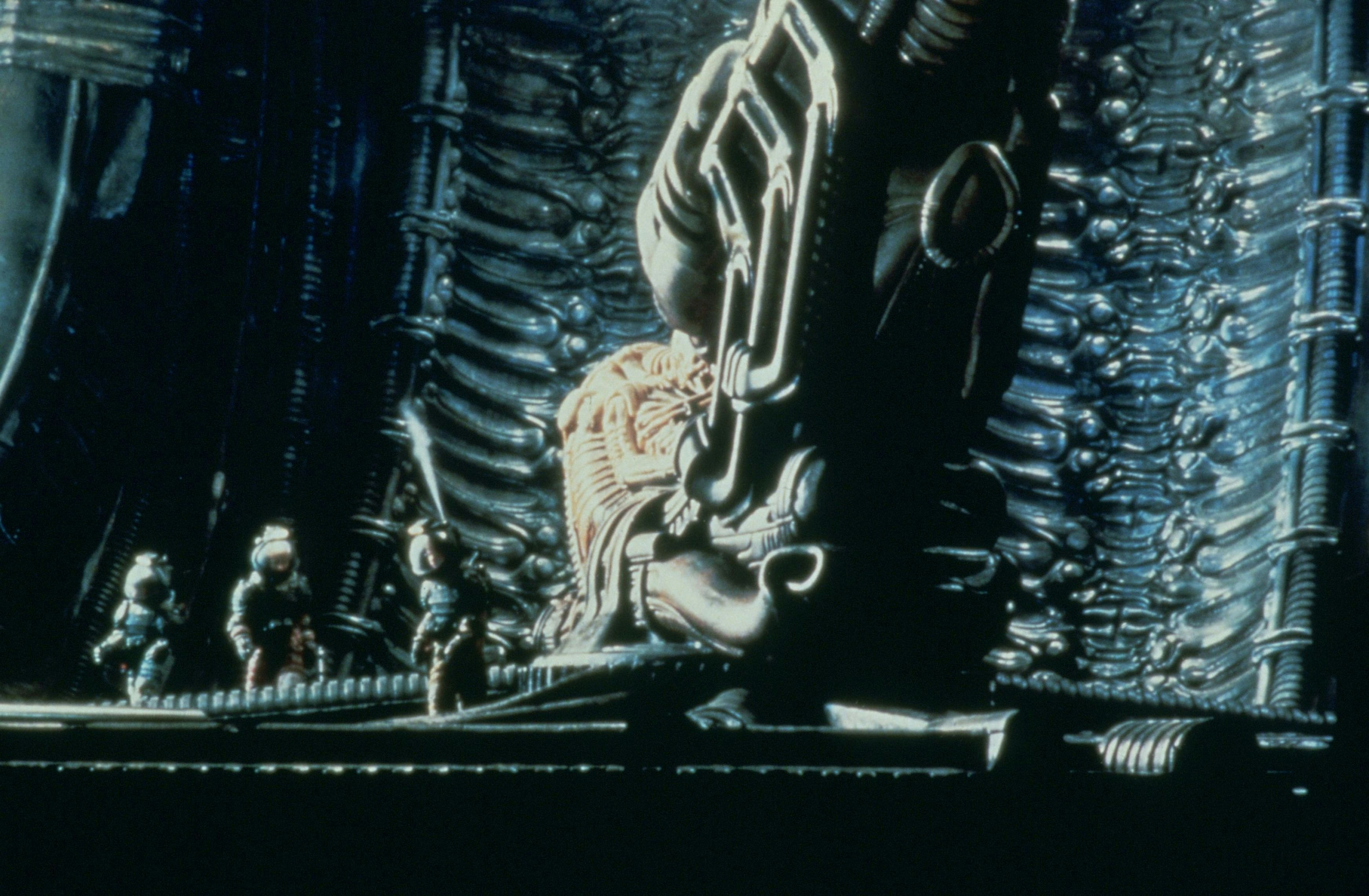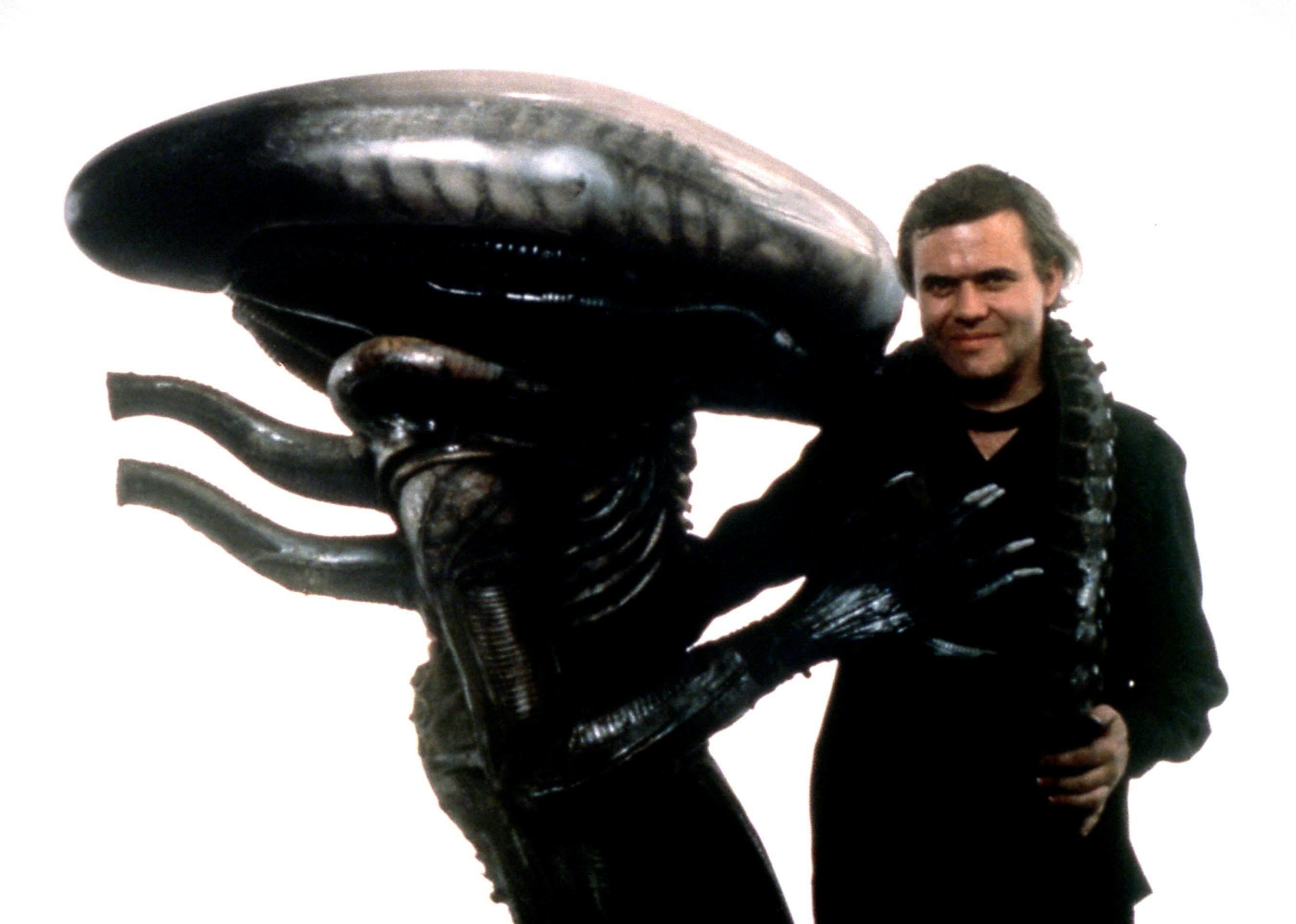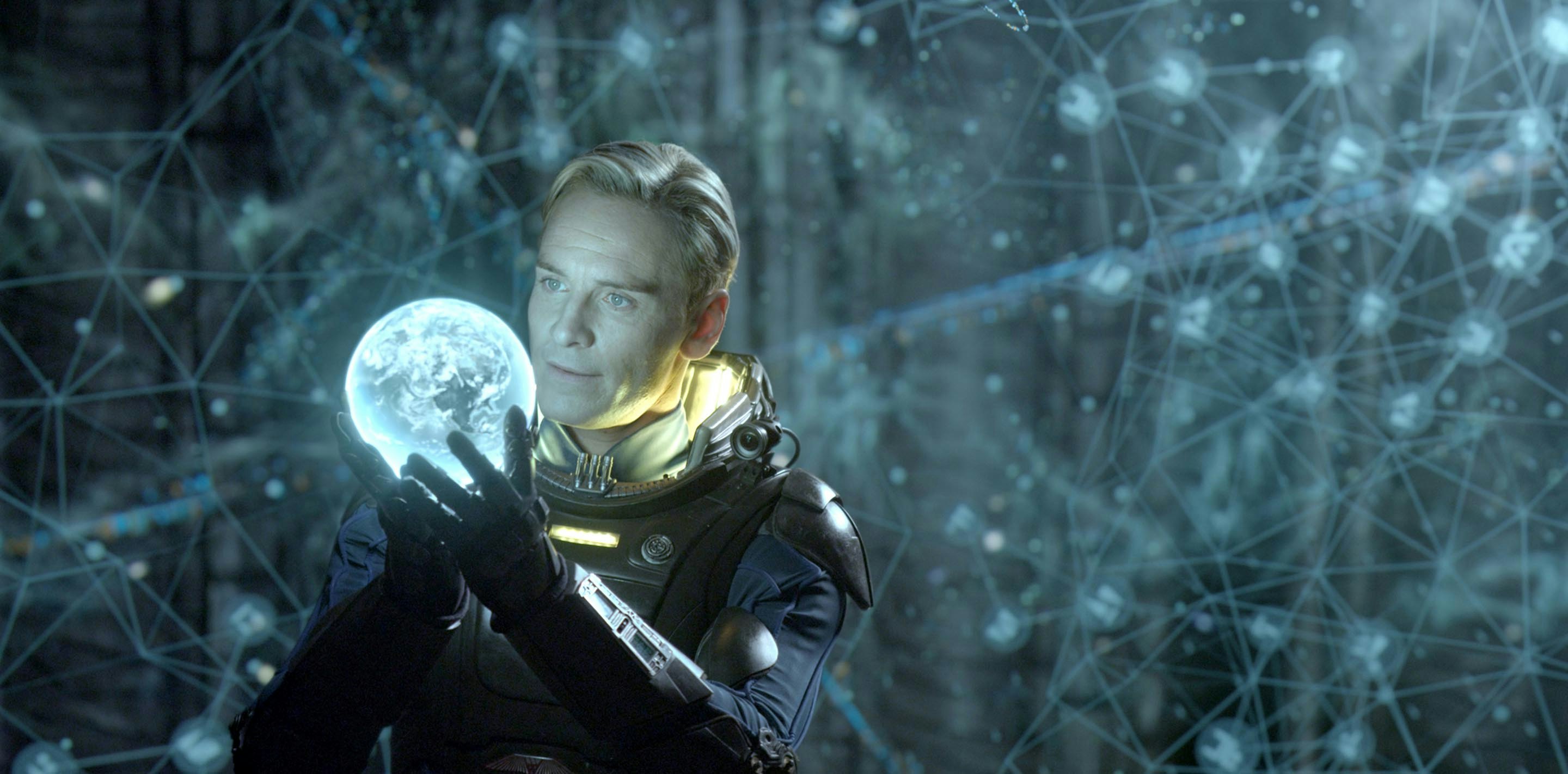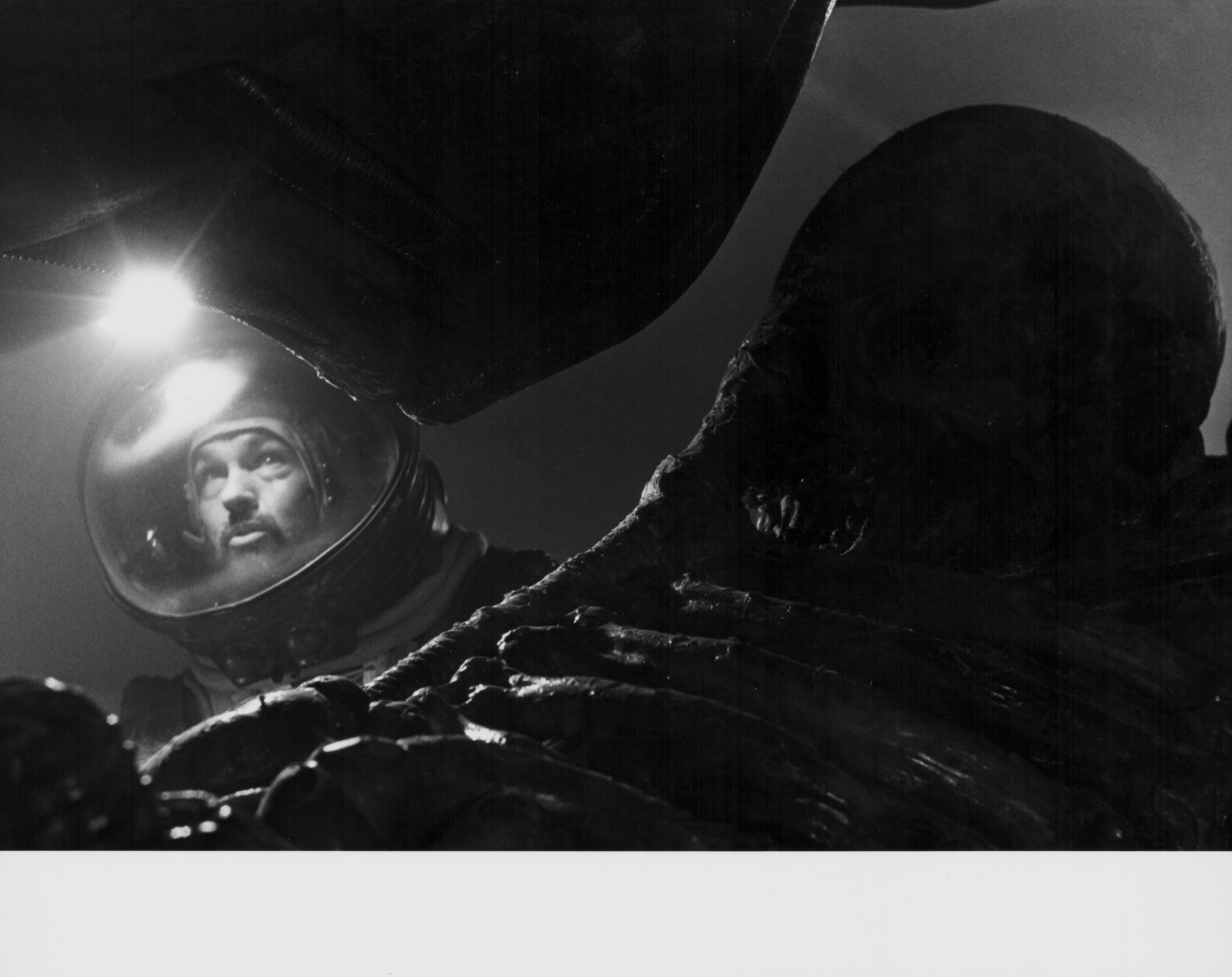
With two prequels, three sequels, and a bonafide midquel, you would think the strangest mysteries of 1979’s Alien would be clearer than ever. And yet, with the release of the provocative Alien: Romulus, some of the most elusive questions of the entire franchise remain either vague, confusing, or utterly unanswered. In most ways, Romulus side-steps the continuity of Ridley Scott’s divisive prequels Prometheus (2012) and Alien: Covenant (2017), but it's also paradoxically very reliant on that same canon. And so, because Romulus is more about vibes than lore, it’s accidentally brought back several questions those prequels seemed poised to answer but never did.
On X, Reddit, and elsewhere, Alien: Romulus fans are understandably wondering about the specifics of the franchise, specifically about the Engineers from Prometheus and the Space Jockey from Alien, which Scott partially demystified in his first prequel. But have various Alien sequels made these vagaries more confusing or less confusing? Let’s dig in.
Who made the xenomorphs?

In the real world, famed artist H.R. Giger designed the look of the alien xenomorph in Alien. But within the universe of the movies, were these critters genetically manufactured?
Because the set-up of Alien: Romulus specifically focuses on a hitherto unknown Weyland-Yutani research facility that held, bred, and experimented on captive facehuggers, one might assume Wey-Yu is at least partially responsible for the propagation of the xenomorphs. This theory is mostly supported by the events of Prometheus and a flashback in Alien: Covenant, which take place in 2093 and 2094, respectively (roughly three decades before the first Alien in 2122 and about five decades before Alien: Romulus, which occurs in 2142).
In Prometheus, the android David (Michael Fassbender) uses the mysterious black goo pathogen to create something called a Trilobite, which impregnates Dr. Elizabeth Shaw (Noomi Rapace). By the end of Prometheus that creature subsumes one of the Engineers — the creators of all life — which seemingly results in a xenomorph-esque creature dubbed the Deacon. By Covenant, we’re meant to think that David’s tinkering and gene-splicing has created legit xenomorphs, and the end of that film finds him bringing facehugger embryos out into the galaxy.
A few decades later in Alien, the xenomorphs exist and are accidentally (on purpose) picked up by the crew of the Nostromo, which, in turn, leads to the fossil that kicks off the story of Romulus. Problem solved, right?
Sadly, no. When we look closely at the tenuous threads between Alien movies, we find that the facehugger eggs encountered by the crew of the Nostromo appear to exist independently of David’s actions in Prometheus and Covenant. (It’s also worth noting that while David was created by Weyland himself, by the events of Covenant he’s seemingly gone rogue and is no longer answering to the company or anyone in his quest to create the xenomorphs and destroy humanity.)
This brings us to the question of the creators of all life and their black goo, the Engineers.
The missing Prometheus Engineer dialogue

At the risk of reducing a complex and compelling film to nerdy factoids, the basic contribution from Prometheus to our understanding of the xenomorphs is twofold. First, we learned of a super-being race called the Engineers who created the black goo compound (probably) as a type of bioweapon. And second, the Engineers seemingly had knowledge of the final form of the xenomorph ahead of time; which we know simply because we see an image of it in the large Engineers’ spacecraft. This detail tends to suggest that, later, David reverse-engineered the process of creating xenomorphs, which, in a sense, is also what Rook is doing in Romulus. (What the humans working for Weyland-Yutani believe the research on xenomorphs is really for is another puzzling issue entirely.)
Anyway, presuming that the Engineers made the black goo as a bioweapon — which seems to be the same deadly Z-01 compound Rook is using in Romulus — then the next question is why. In Prometheus, Shaw believes that the Engineers made the compound to destroy humanity, a concept which is fully corroborated by deleted dialogue not included in the final movie. There’s a lot to unpack here, but essentially, in Prometheus, when Shaw, Weyland, and David meet “the Last Engineer,” the movie is missing a deleted scene, untranslated dialogue, and extended dialogue, all of which explains the following:
- The Engineers created life across the universe.
- Earth was the only place where that worked out.
- The Engineers sent several envoys to Earth (one of them was maybe Jesus).
- The Engineers were very mad that humans turned out so violent, so they were planning on destroying us.
Now, because none of this expository dialogue is actually in Prometheus, the canonicity of it is a bit wonky. But based on what happens in the movie, it pretty much all checks out. And yet, the mystery of the Space Jockey in the original Alien is still mostly unsolved.
Who is the Space Jockey in Alien?

Near the start of Alien, when the Nostromo is tasked with investigating a nearby transmission, the crew discovers a derelict spaceship, complete with a deceased extraterrestrial pilot. Its massive skeleton looms far above the human characters like some Lovecraftian creature they could never fully understand.
For decades, fans speculated about the identity of this “Space Jockey,” a plot point that Prometheus seemed to answer. In Alien, all we knew was that the Space Jockey was an early victim of a chestburster and that their ship was full of xenomorph eggs. In Prometheus, we learned the insectoid-like head and exoskeleton of the Space Jockey was really a spacesuit and space helmet and that underneath all of that, this pilot was more humanoid than not.
But the Space Jockey is not the same Engineer from Prometheus even though the ship is the same and the suit and helmet are the same. Alien takes place on the exomoon LV-426, but Prometheus happens on a neighboring moon, LV-223. Both orbit the gas giant Calpamos, but are not the same place. Also, crucially, as explained in the deleted Prometheus scenes, neither exomoon is the homeworld of the Engineers.
Before the final Prometheus script from Damon Lindelof, an earlier script from Jon Spaihts explicitly depicted the Engineer in Prometheus and the Space Jockey as the same exact character. In that version, it was implied that the Space Jockey/Engineer was intentionally implanted with a chestburster, which would eventually be unleashed on humanity. This deleted detail would have then neatly explained why there were a bunch of facehugger eggs on that ship.
And yet, the Spaihts script is not canon, and on the Prometheus Blu-ray, Ridley Scott suggested that the xenomorph found its way into the Space Jockey by accident. It’s a second ship, altogether different than the one in Prometheus. As Janek suggests in that film, LV-223 was probably a military base or depot built by the Engineers to create bioweapons, and in the case of the xenomorphs — or derivations thereof — things got out of hand. In a sense, this is exactly what is happening in Romulus on a smaller scale. Rook and those Weyland-Yutani scientists were trying to re-create xenomorphs in a lab setting, based on the fossilized remains of the specimen that Ripley defeated previously.
This all leads us back to the first question: Who really made the xenomorphs? We know David probably didn’t. We know Weyland-Yutani is merely trying to harness their power. But did the Engineers make the xenomorphs? Maybe not. Just like the androids and humans of Romulus, it now seems more likely the Engineers were using an already-existing alien menace for their own benefit. And just like the humans they created, they ended up with a bunch of wrecked spaceships and burst-open chests for their trouble.







